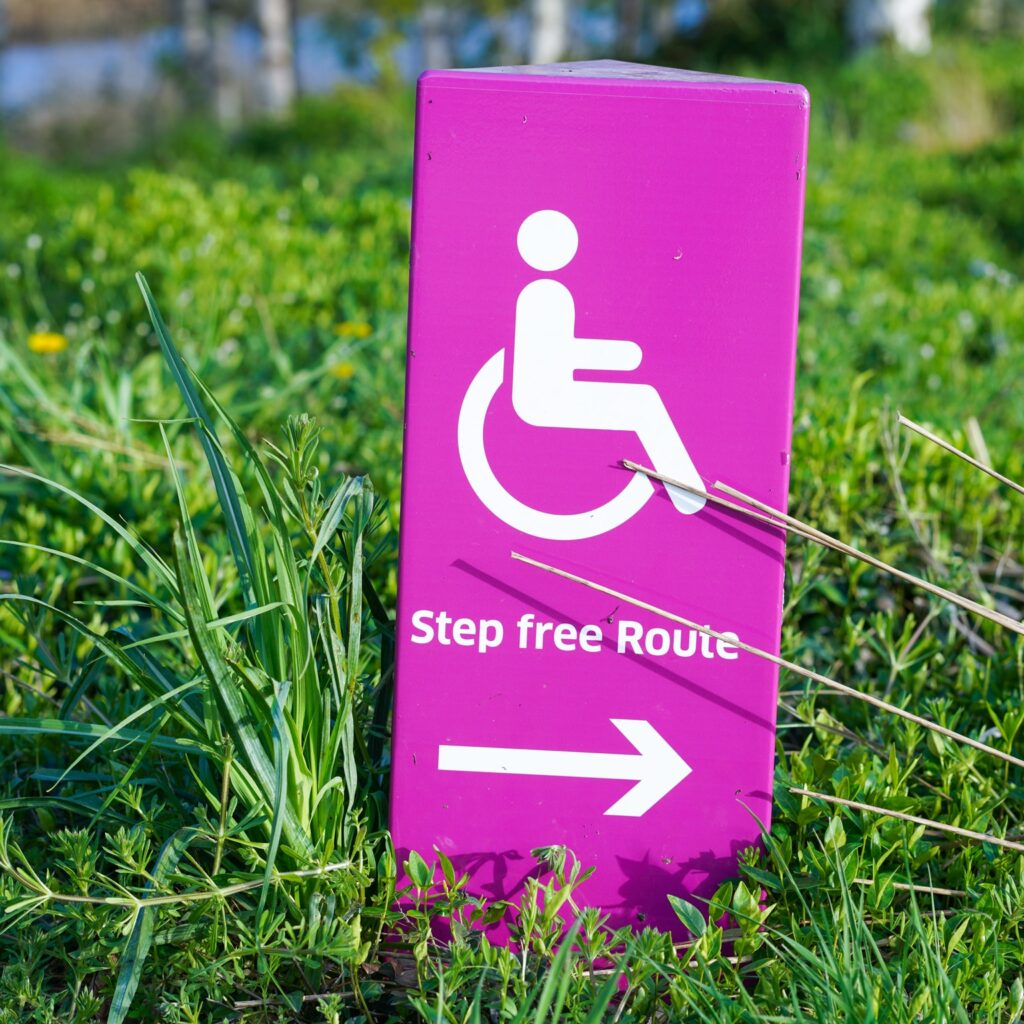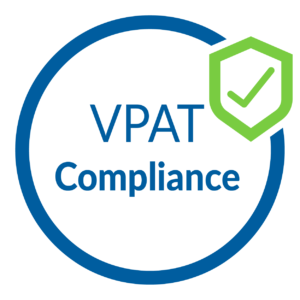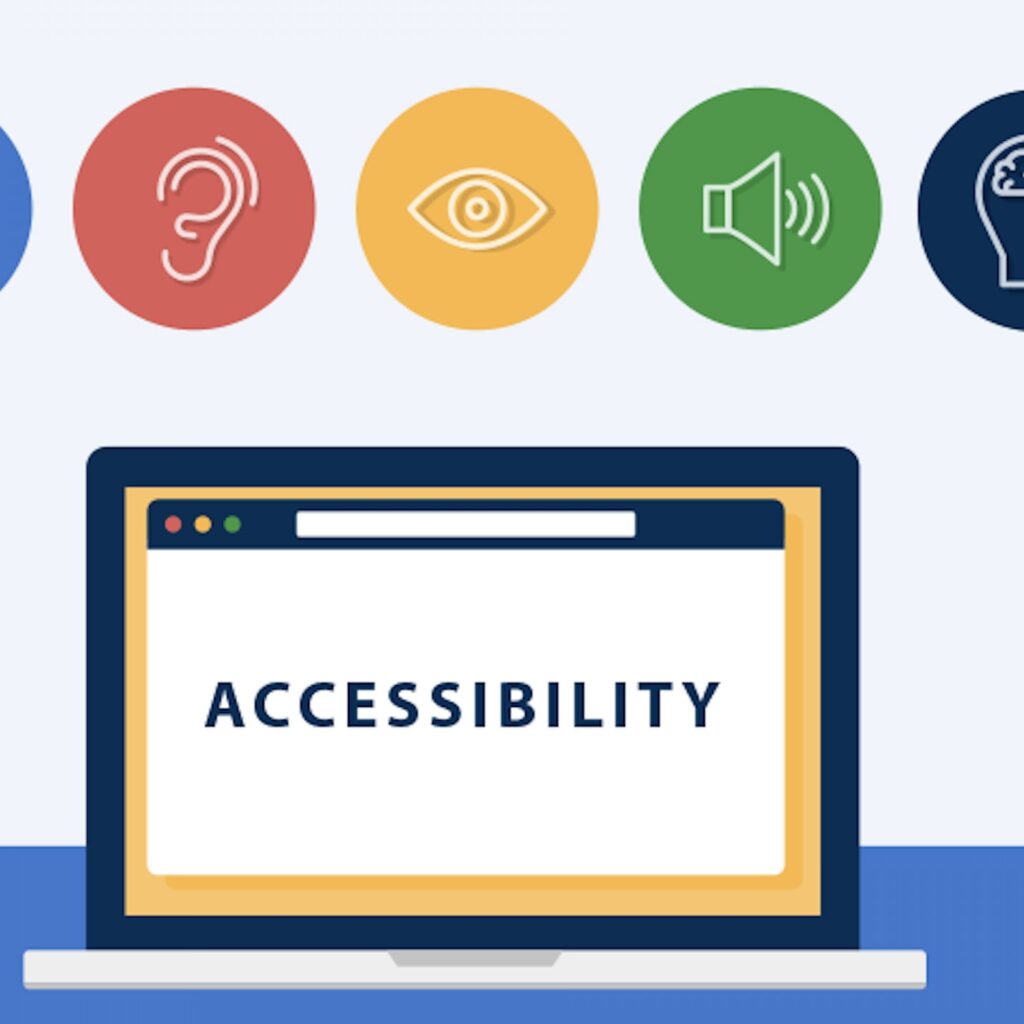In an era where digital technology is an integral part of daily life, ensuring that all individuals, regardless of their abilities, can access and interact with digital content is not only a moral imperative but also a legal requirement. Section 508 of the Rehabilitation Act of 1973 is a landmark legislation that plays a crucial role in promoting accessibility in the United States. In this article, we will explore the significance of Section 508, its key provisions, and its impact on creating an inclusive digital environment.
The Genesis of Section 508
Enacted in 1973, the Rehabilitation Act is a comprehensive piece of legislation aimed at protecting the rights of individuals with disabilities. Among its various provisions, Section 508 specifically addresses the accessibility of information technology (IT) used or developed by federal agencies. It mandates that federal agencies must procure, develop, and use accessible electronic and information technology, making it accessible to all users, including those with disabilities.
The Key Provisions of Section 508
1. Application to Federal Agencies
Section 508 applies directly to federal agencies and the technology they use, develop, and procure. This includes everything from websites and software to hardware and multimedia.
2. Accessibility Standards
The law outlines specific accessibility standards that must be followed. These standards are aligned with the Web Content Accessibility Guidelines (WCAG) 2.0, ensuring that federal websites and digital content are perceivable, operable, understandable, and robust.
3. Procurement Requirements
Federal agencies are required to ensure that any technology they purchase or develop is accessible to individuals with disabilities. This provision applies to all aspects of IT, from hardware and software to websites and multimedia.
4. Testing and Evaluation
Section 508 mandates that federal agencies regularly test and evaluate their IT systems for accessibility. This ensures ongoing compliance and provides opportunities for improvements.
5. Training and Education
Federal agencies are also required to train their employees on accessibility issues. This includes educating developers, content creators, and other stakeholders on how to create and maintain accessible digital content.

The Impact of Section 508
The implementation of Section 508 has had far-reaching effects on digital accessibility:
1. Inclusive Government Services
Section 508 ensures that government services, information, and communication are accessible to all citizens, including those with disabilities. This fosters a more inclusive democracy.
2. Market Catalyst for Accessibility
The procurement requirements of Section 508 have led to a significant increase in the availability of accessible technology in the marketplace. This has not only benefited federal agencies but has also catalyzed the development of accessible technology in the private sector.
3. Inspiring Global Accessibility Standards
The principles of Section 508, particularly its alignment with WCAG, have served as a model for accessibility standards worldwide. Many countries have looked to Section 508 when developing their own accessibility regulations.
4. Advancing Technological Innovation
The emphasis on accessible technology has driven innovation in the IT industry. Developers are constantly finding new and creative ways to make technology more inclusive and usable for individuals with disabilities.
Challenges and Future Developments
While Section 508 has undoubtedly made significant strides in promoting digital accessibility, challenges remain. These include:
- Enforcement and Compliance: Ensuring that federal agencies consistently adhere to Section 508 standards remains an ongoing challenge.
- Evolution of Technology: As technology continues to advance, ensuring accessibility for emerging technologies poses a constant challenge.
- Education and Awareness: Many stakeholders, both within and outside of federal agencies, may still lack awareness and understanding of Section 508 requirements.
In response to these challenges, efforts are underway to update and enhance Section 508 standards to keep pace with technological advancements.
In conclusion, Section 508 stands as a cornerstone in the quest for digital inclusivity. By mandating accessibility in federal agencies’ use and procurement of IT, it has not only opened up government services to all citizens but has also catalyzed a broader movement towards accessible technology in the private sector. While challenges persist, the enduring impact of Section 508 is a testament to the power of legislation in advancing inclusivity in the digital age.
We Offer Web & Mobile Accessibility Testing
We at ‘Accessible Zone‘ provide web, mobile and software accessibility testing services. We perform testing manually using screen reader such as JAWS, NVDA & Voiceovers. We also provide VPAT and ACR reports. If you want to use our services do contact us as at contact@accessiblezone.com or you can also schedule a free call with us from here.






